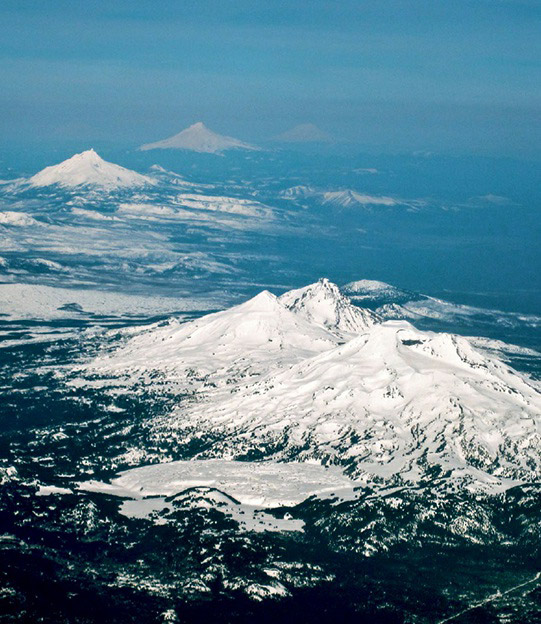The Cascade Volcanoes are a striking example of the dynamic geological activity at the boundaries of tectonic plates. The map of the world’s active volcanoes and earthquake zones closely aligns with these plate boundaries, highlighting regions of significant geological interest. When an oceanic plate collides with a continental plate, as in the Pacific Northwest of the North American continent, the denser oceanic plate typically subducts beneath the continental plate. This interaction leads to the melting of the oceanic plate’s front edge, causing buoyant magma and gases to rise, mix with the continental crust, and create volcanic eruptions.
This process is ongoing along the Pacific Northwest coast, where remnants of the ancient Farallon oceanic plate are being subducted under the North American plate. This has resulted in extensive earthquakes and volcanic eruptions along the gently curving Cascade volcanic arc.
The subduction’s surface impact in the Pacific Northwest is profound, with over 20 major volcanic peaks and more than 4,000 volcanic vents extending over 700 miles (1,100 kilometers) along an arc roughly 100 miles (160 kilometers) inland from the coast. These features make up the Cascade Volcanoes, part of the broader Cascade Mountains range. The tall volcanoes in this region, many exceeding 10,000 feet (3,000 meters), are known as stratovolcanoes or composite volcanoes. These conical mountains are built up by layers of ash and lava from often explosive volcanic events. Notable stratovolcanoes worldwide include Mt. Vesuvius and Mt. Fuji, with Mt. St. Helens being a well-known example in the United States. The Cascade Volcanoes are a testament to the powerful and transformative forces of plate tectonics.

